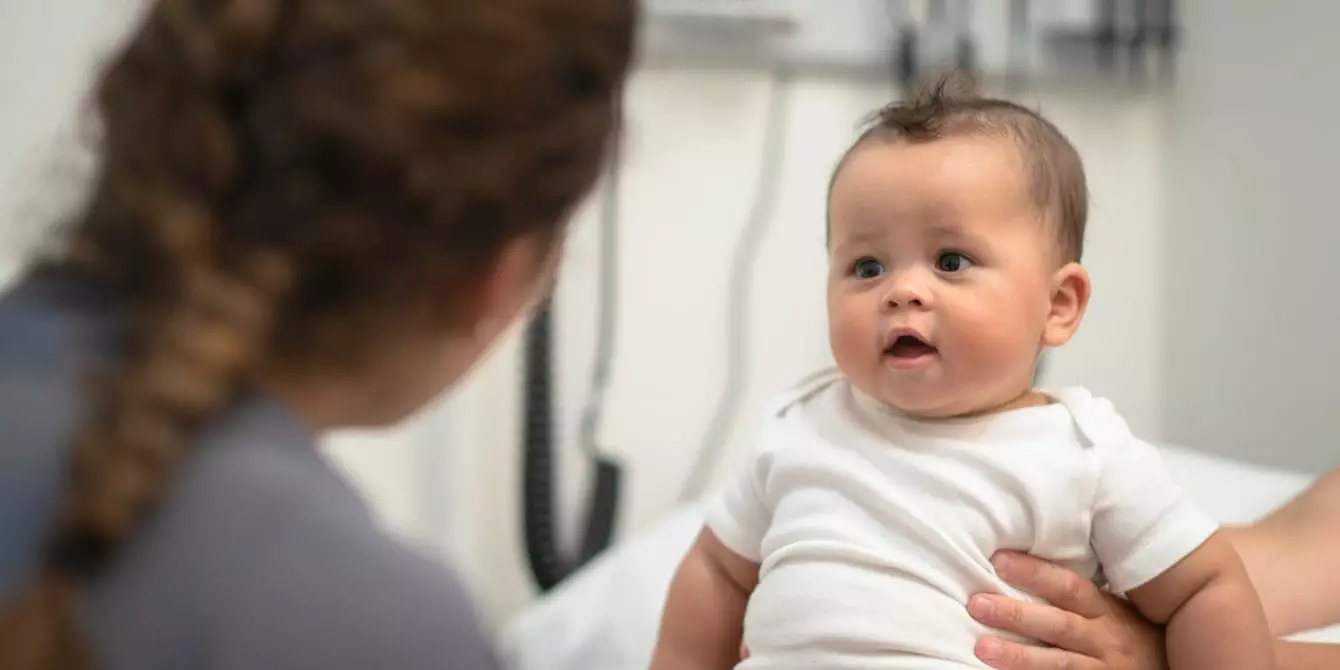Welcoming a new child into the world is often an exhilarating experience full of dreams and aspirations. For our family, the news of expecting our third child was met with joy and excitement; however, the reality of parenting was already consuming our daily lives with two energetic little ones. Having been through two pregnancies before, we felt prepared for the challenges that lay ahead, confident in our ability to manage the ups and downs. As expectant parents, we were inundated with countless nutritional guidelines and recommendations aimed at ensuring a healthy pregnancy. The commonly repeated advice was straightforward: avoid alcohol, limit caffeine, and steer clear of risky foods like sushi and unpasteurized cheese. We embraced these suggestions wholeheartedly, as any dedicated parent would. Our son was born in March 2023, appearing robust and healthy, birthing our hopes and dreams once more.
Soon after birth, however, troubling signs began to emerge, derailing our initial excitement. Our son failed his newborn hearing test before being discharged from the hospital, raising the first flags of concern. The medical professionals assured us that his hearing loss was likely temporary due to the presence of amniotic fluid in his ears. They never brought up the possibility of congenital cytomegalovirus (cCMV), a term totally unfamiliar to us at the time. Over the following weeks, we vigilantly sought clarity, taking our baby to three different audiology clinics for further assessments. Each time, the same disappointing news emerged: our son’s hearing was not improving.
At three months old, we finally secured an appointment with a specialist at the Children’s Hospital of Philadelphia (CHOP). In this critical meeting, the otolaryngologist inquired if our son had been tested for cCMV. This was the first mention of the virus we would come to learn about extensively. Unfortunately, by this stage, our son was past the critical four-week window for direct testing, requiring the retrieval of his dried blood spot (DBS) from the day he was born. Thankfully, the hospital had retained it, and the results confirmed our worst fears: our son was positive for cCMV.
As we delved into the world of cCMV, we discovered alarming statistics about this pervasive virus. It’s notable that CMV is quite common; around one in three children are infected by age five, and undue numbers of adults are infected by age forty. Despite its prevalence, many individuals carry the virus without displaying any symptoms. Frighteningly, about one-third of pregnant women who become infected with CMV can pass it to their unborn child, leading to severe, lifelong health complications. cCMV stands as the leading infectious cause of birth defects in the U.S., affecting approximately one in 200 newborns—among which 20% may confront long-term health issues including vision and hearing loss.
Realizing this reality left us shaken. Throughout our pregnancies, extensive reading, and consultations with professionals, how could we have overlooked such a critical aspect of maternal health?
The Shadow of Misunderstanding
A deeper investigation revealed that we were not alone in our ignorance; studies show that 91% of women have not heard of cCMV. More alarmingly, even among healthcare providers, there exists a significant need for educational enhancements regarding this virus. Many practitioners expressed interest in better understanding cCMV so they could communicate its implications to their patients more effectively. While our experience with diagnosis and care at CHOP was one of grace, we found ourselves disillusioned by the lack of awareness from local obstetricians and pediatricians, who were largely uninformed about the intricacies of cCMV.
The consequences of this knowledge gap have been dire—not only does it delay diagnosis and hinder personalized care plans, but it can also lead to stigma. Our son has, at times, faced discrimination from healthcare professionals and therapists fearful of contagion, all rooted in misconceptions. This gap in awareness means families like ours sometimes feel isolated, wrestling with added stress during an already challenging journey.
As our son turned one, we witnessed a range of developmental challenges, chiefly related to his fine and gross motor skills. We made a conscious choice to restructure our daily lives around his therapy sessions and medical appointments—over fifty visits and counting, including physical and specialist therapy. Our commitment to supporting his development is unwavering; we engage in countless hours of practice and reinforcement outside of standardized sessions. Yet, the questions remain ever-present: Will he keep pace with his peers? Are his advancements defining his limitations?
Our journey with cCMV has sparked a flame of advocacy within us. We ardently believe in educating other families about this rarely discussed virus—both its serious implications and its preventability. Simple actions during pregnancy, like avoiding salad sharing and refraining from kissing young children, can effectively minimize the risks.
Beyond prevention strategies, there is an urgent need for standardized early screening for cCMV in newborns. Given the potential impact of early intervention, developing a clear screening protocol could drastically improve outcomes for infants diagnosed with cCMV.
There’s nothing more fulfilling than witnessing a child’s milestones, whether they come through uncharted struggles or vivacious exploration. Though awareness about cCMV is limited, our child—like all children—deserves a chance to thrive and be cherished. By sharing our story, our hope is to ensure that no other family has to endure such uncertainty while navigating the challenges of caring for a child with cCMV. We believe that every family deserves to experience the joy of watching their child flourish, unhindered by unnecessary hurdles.

